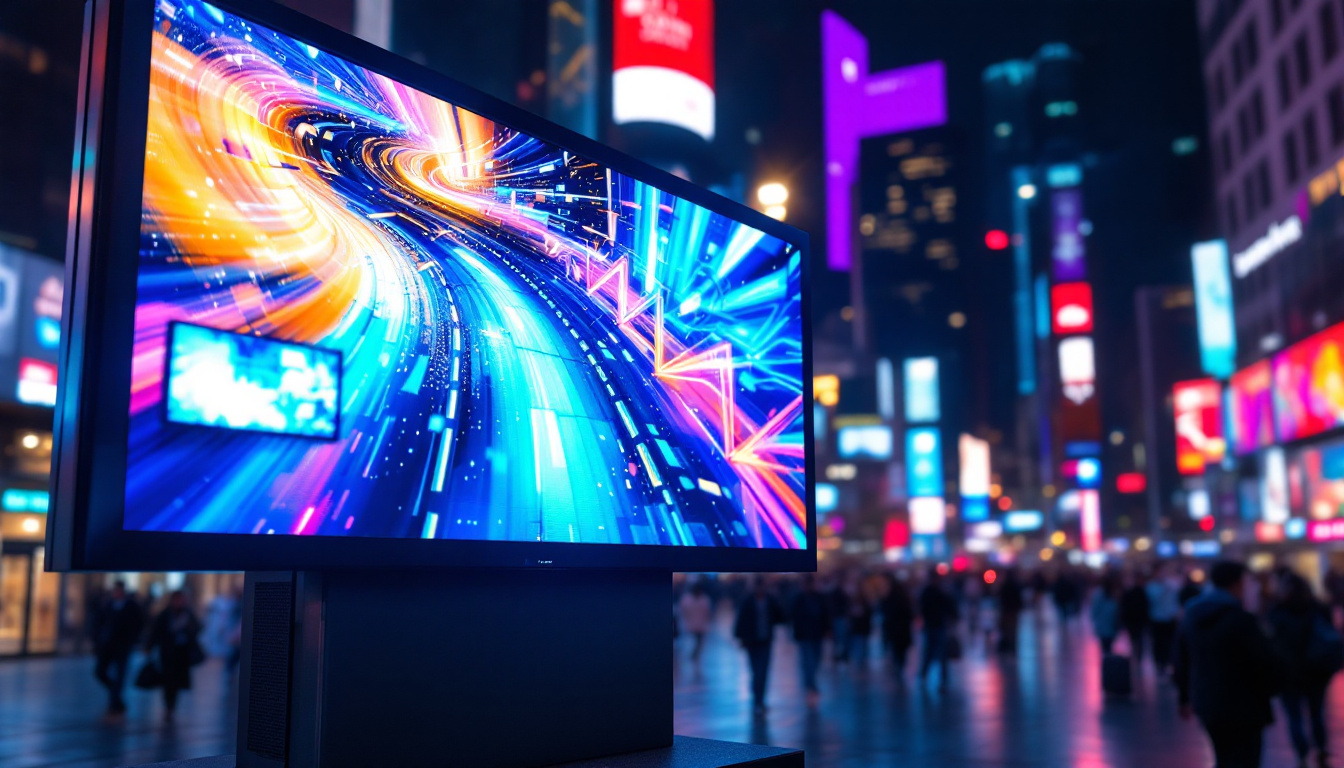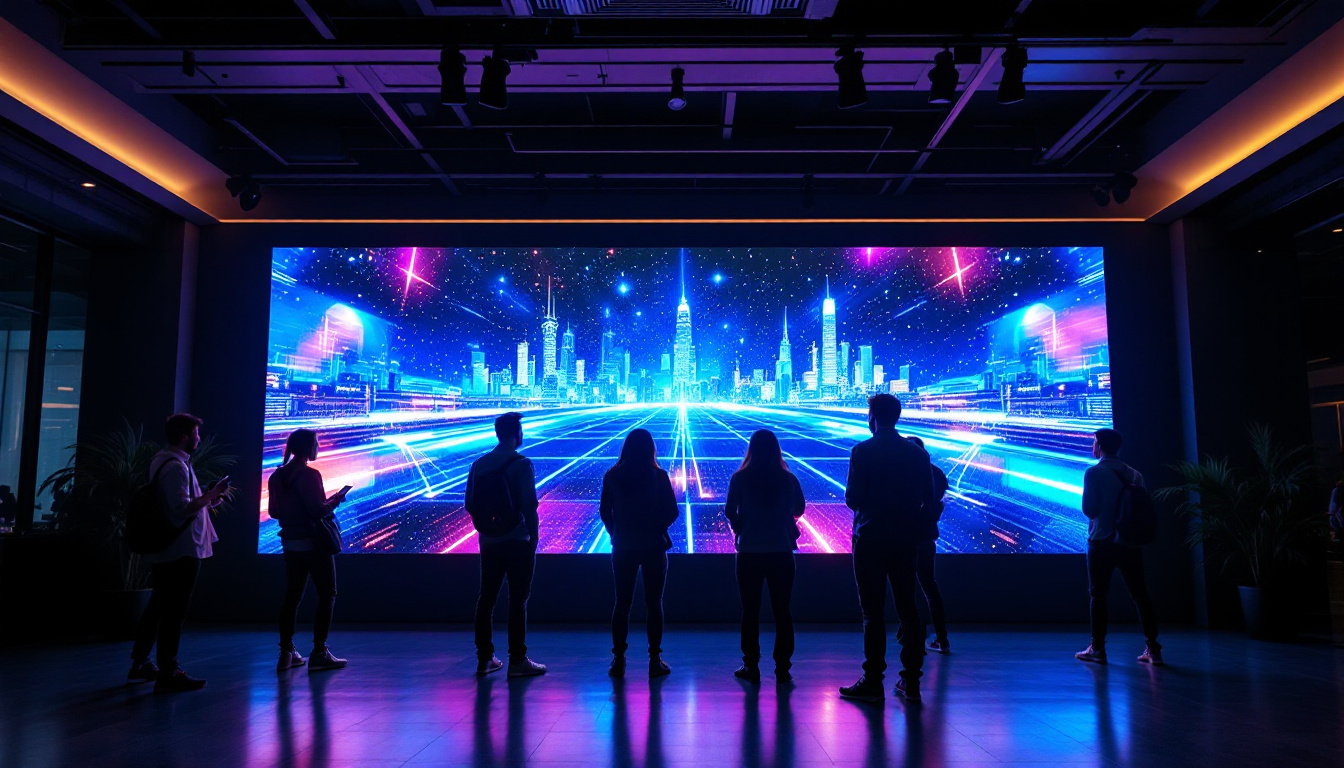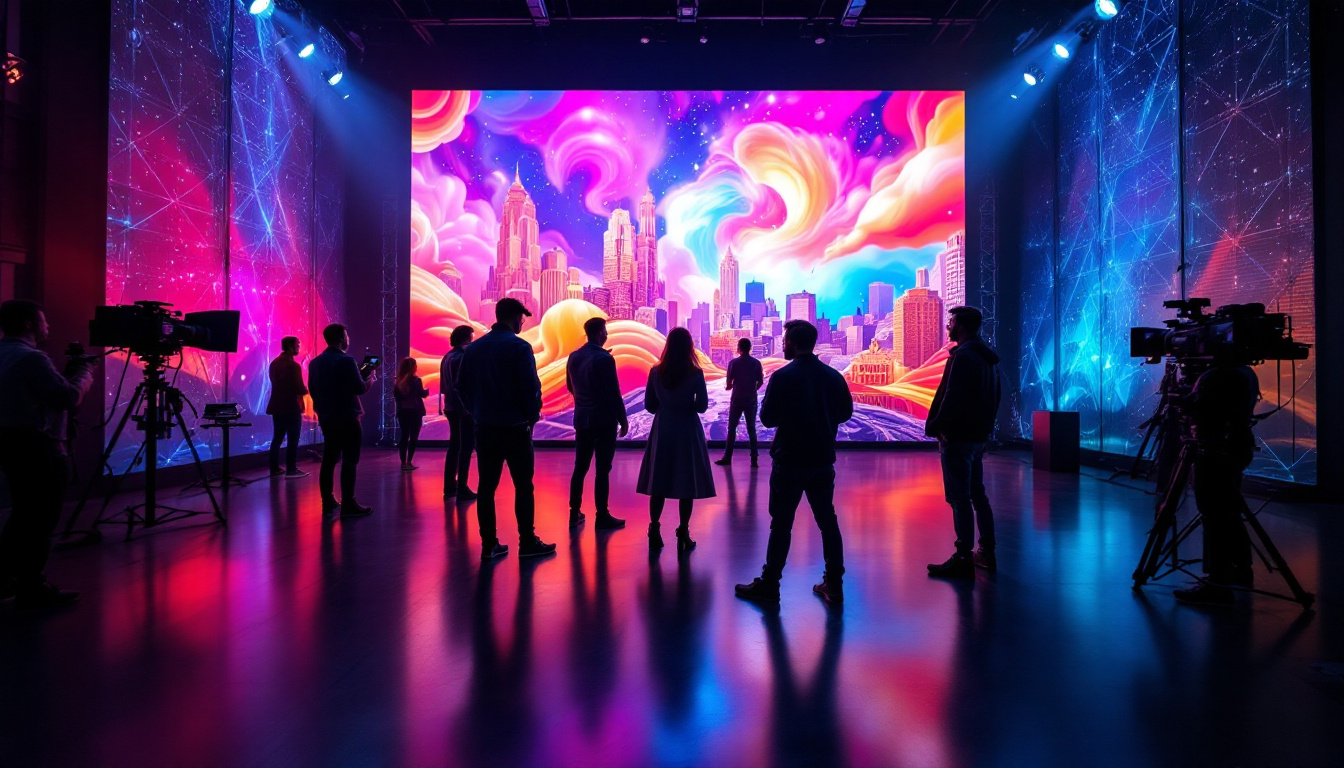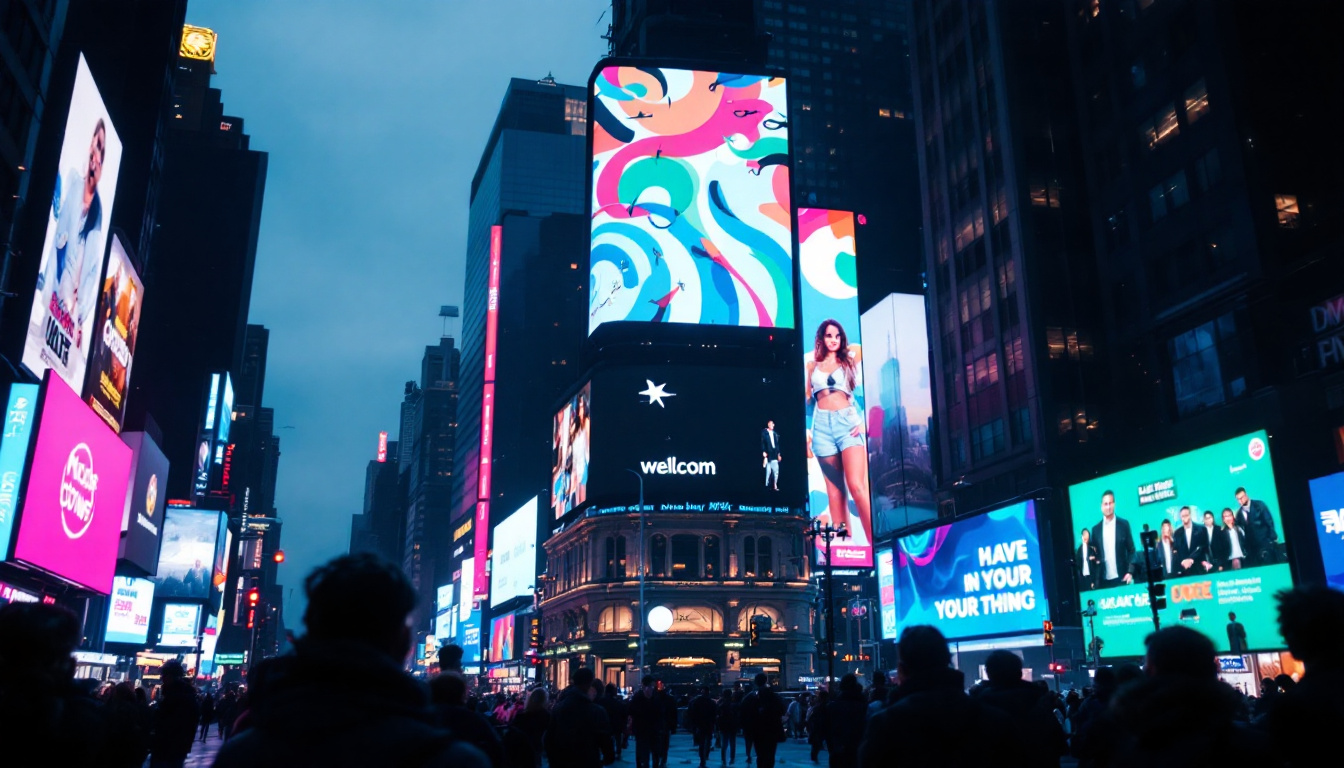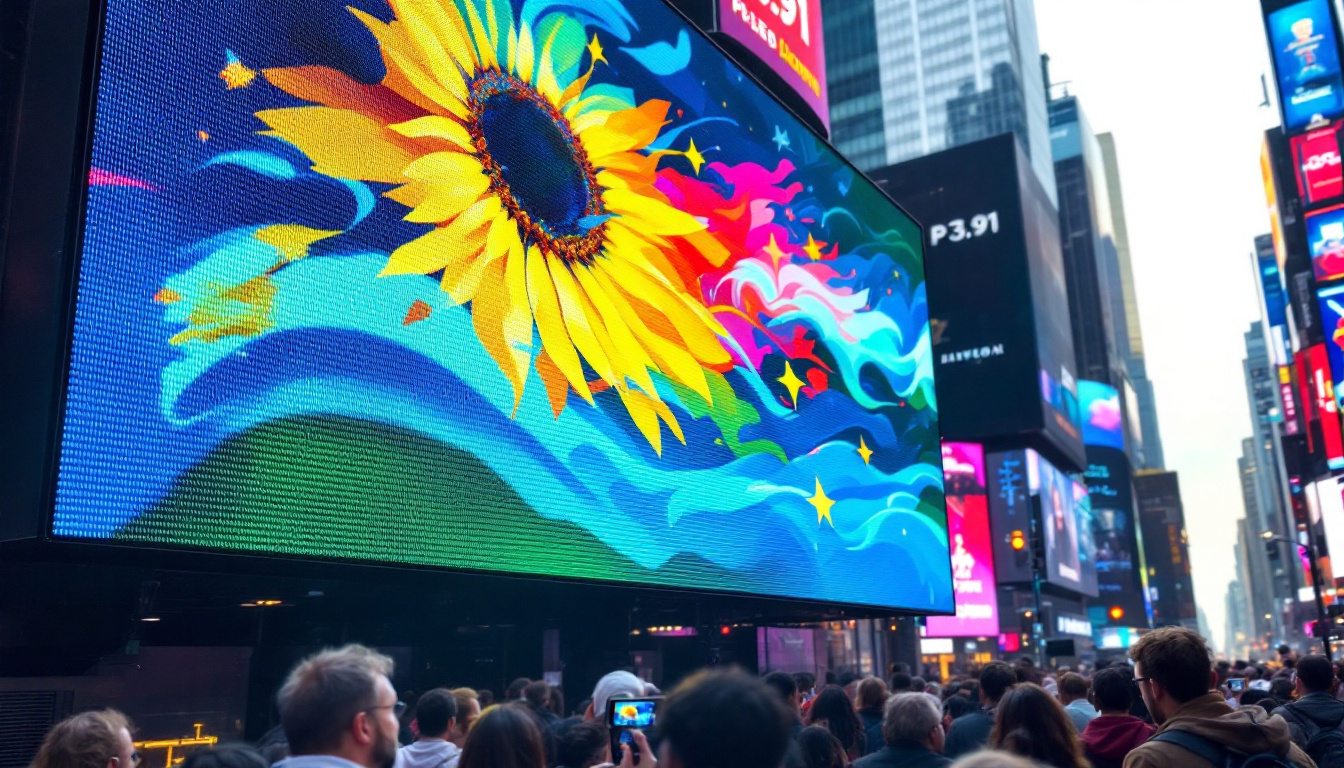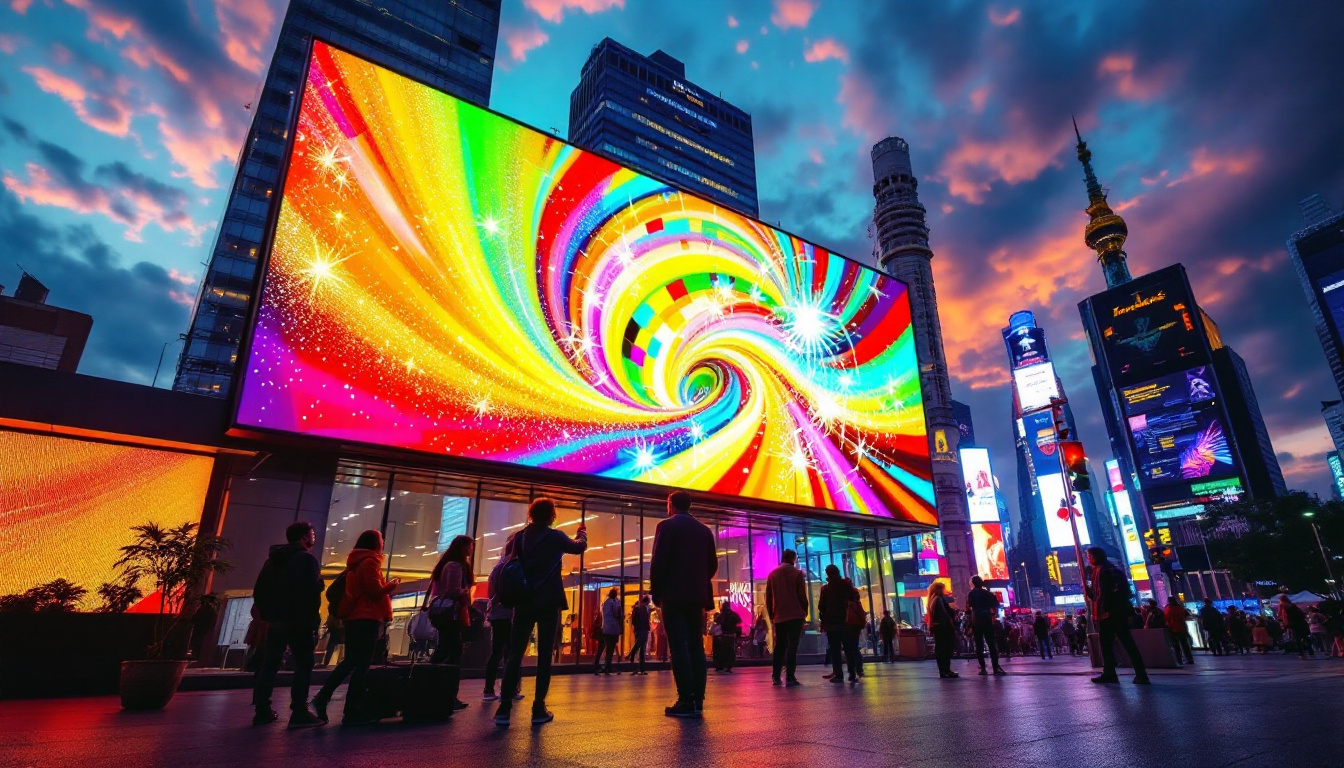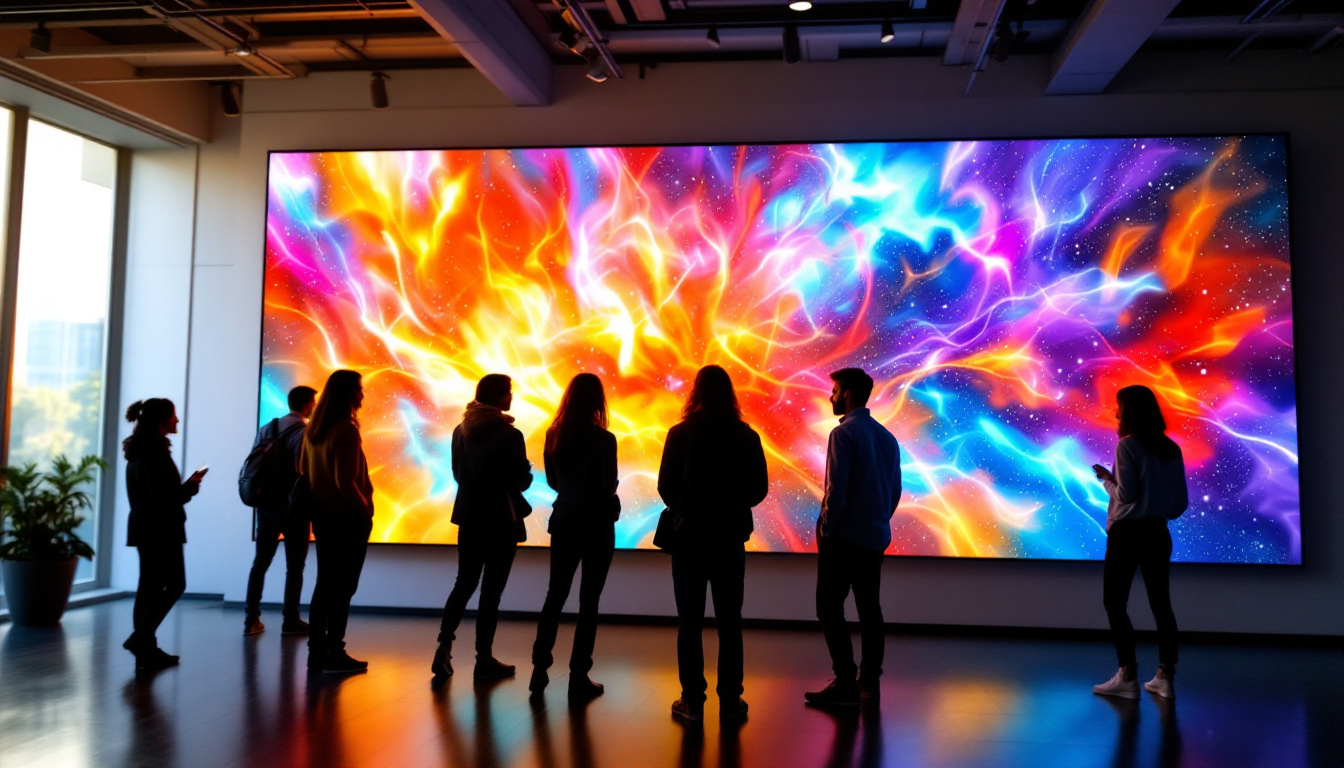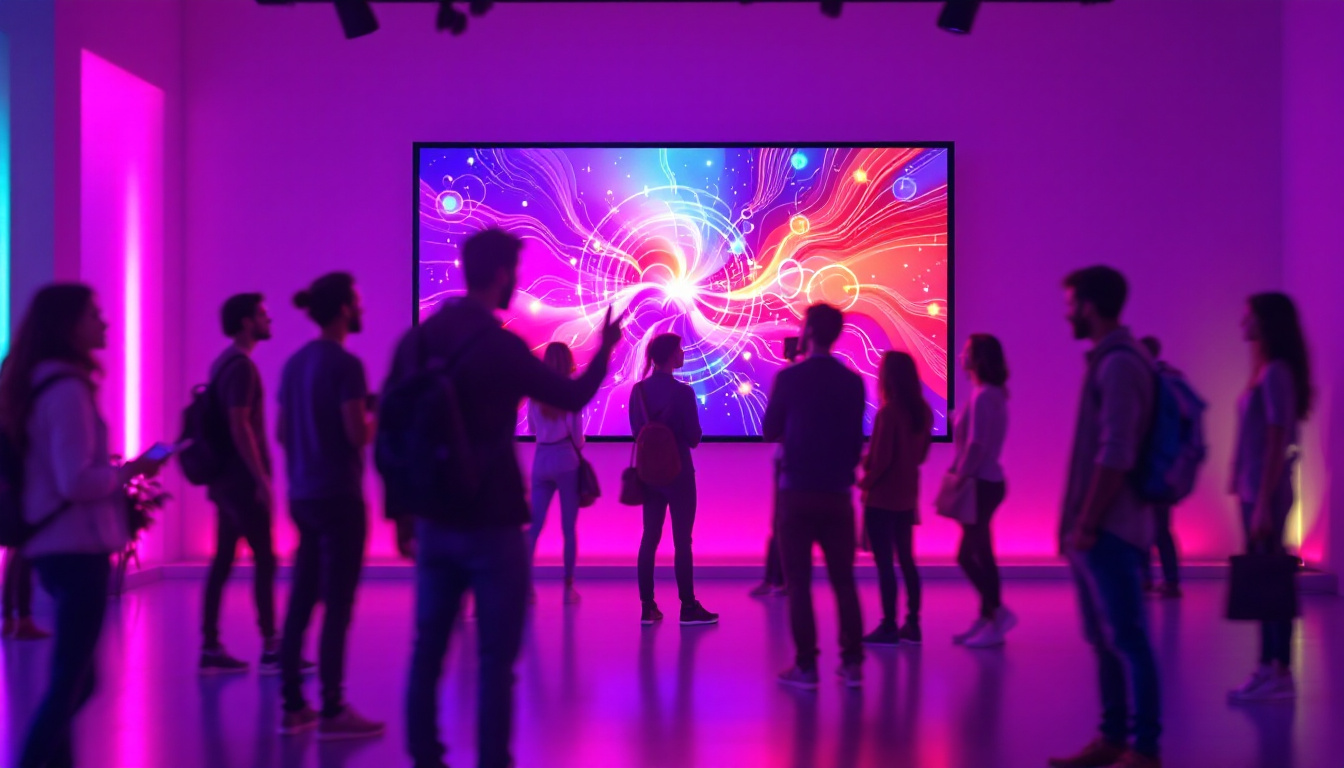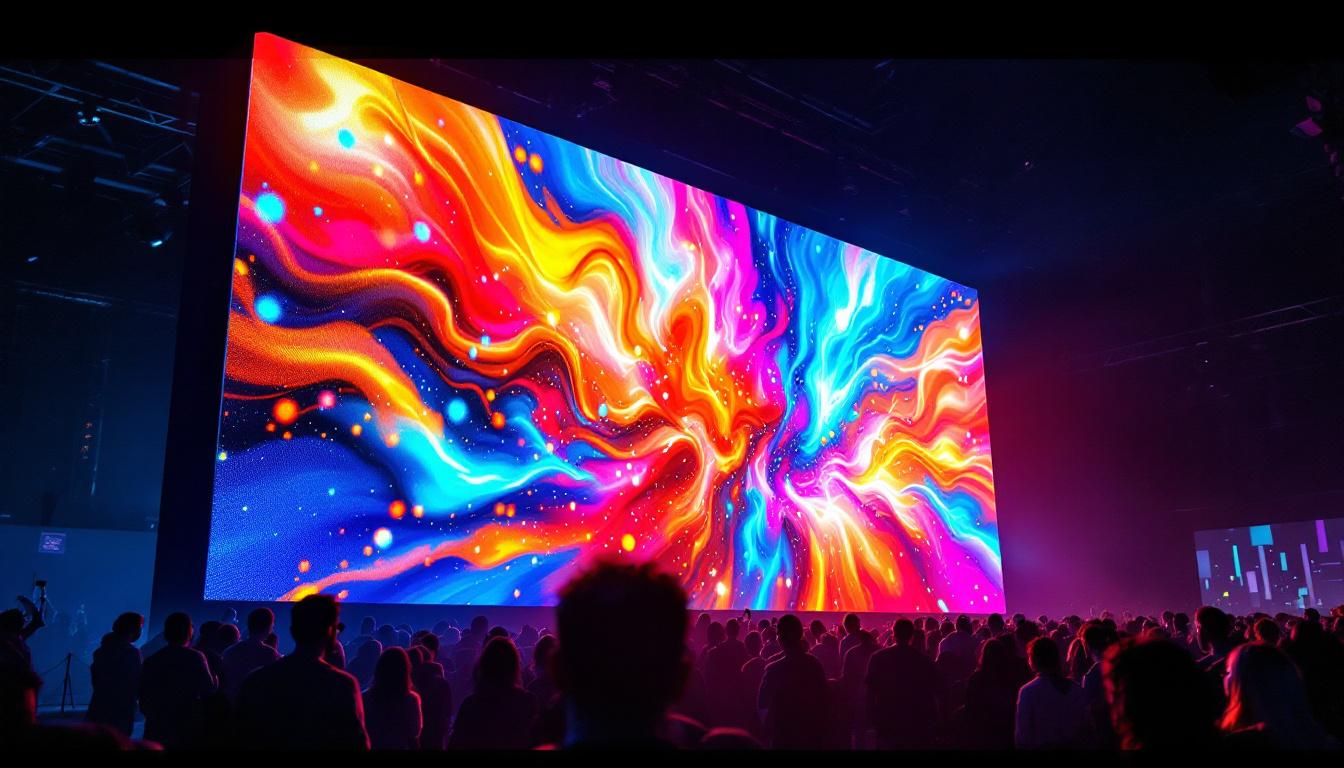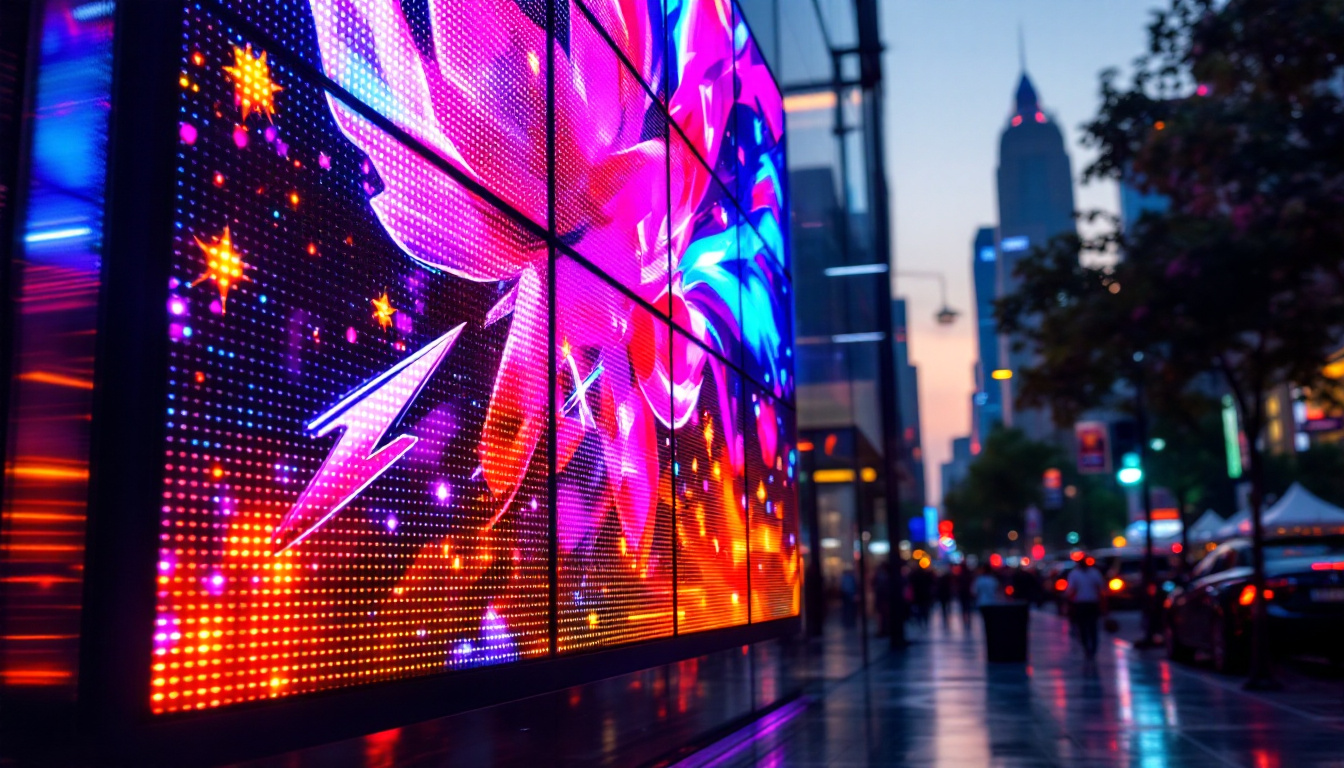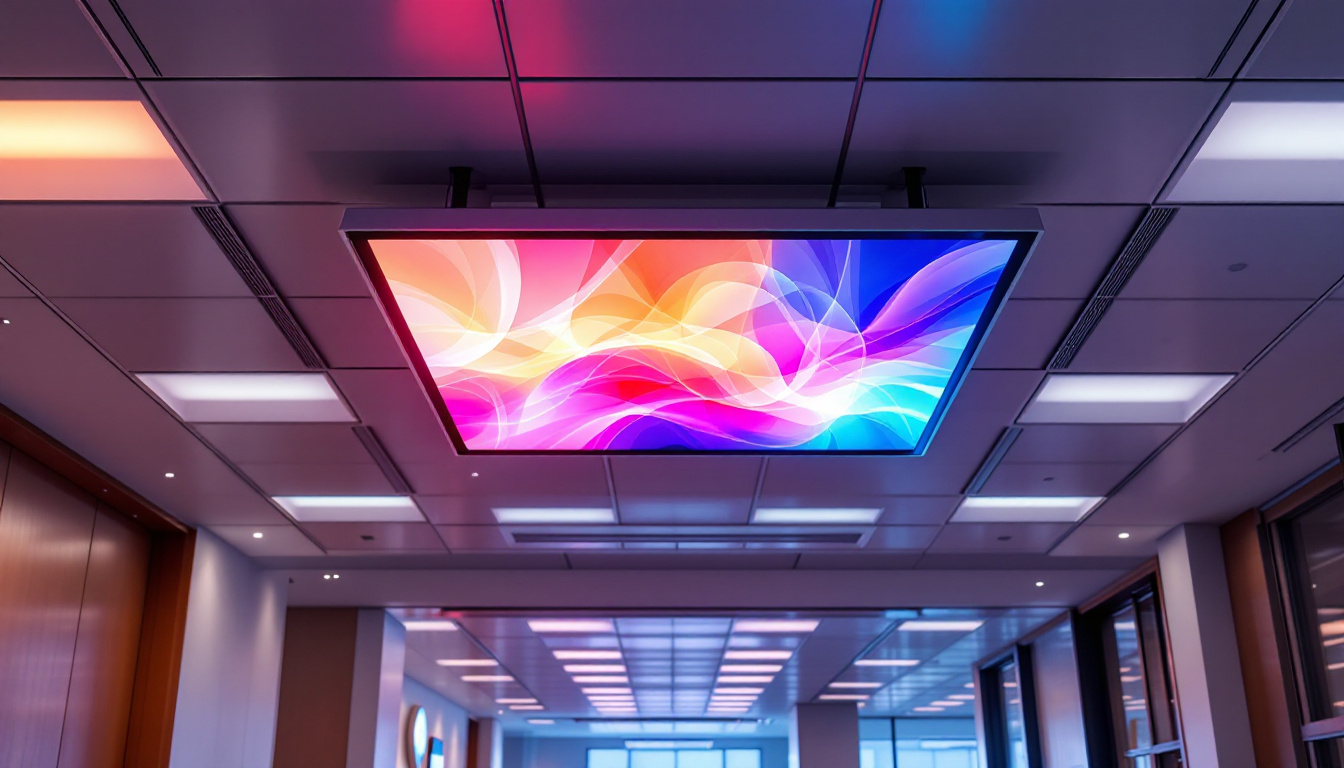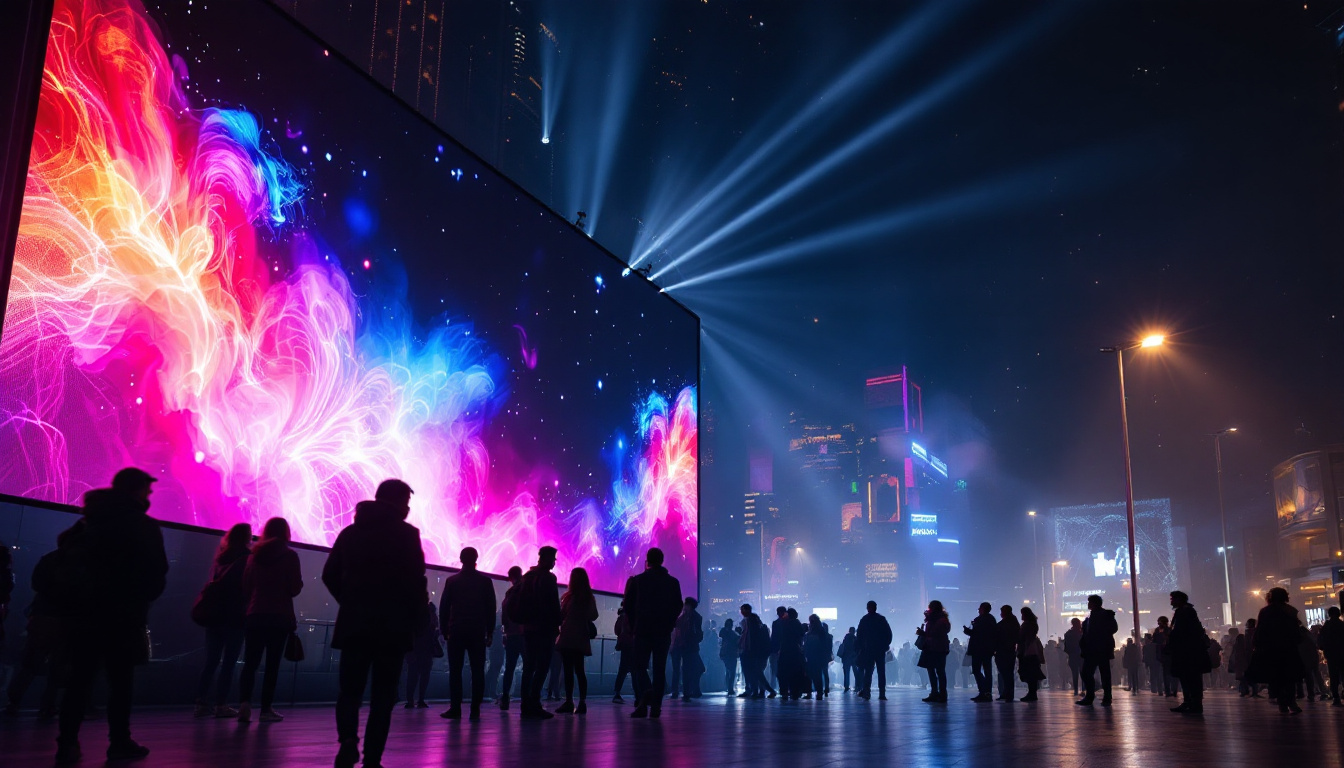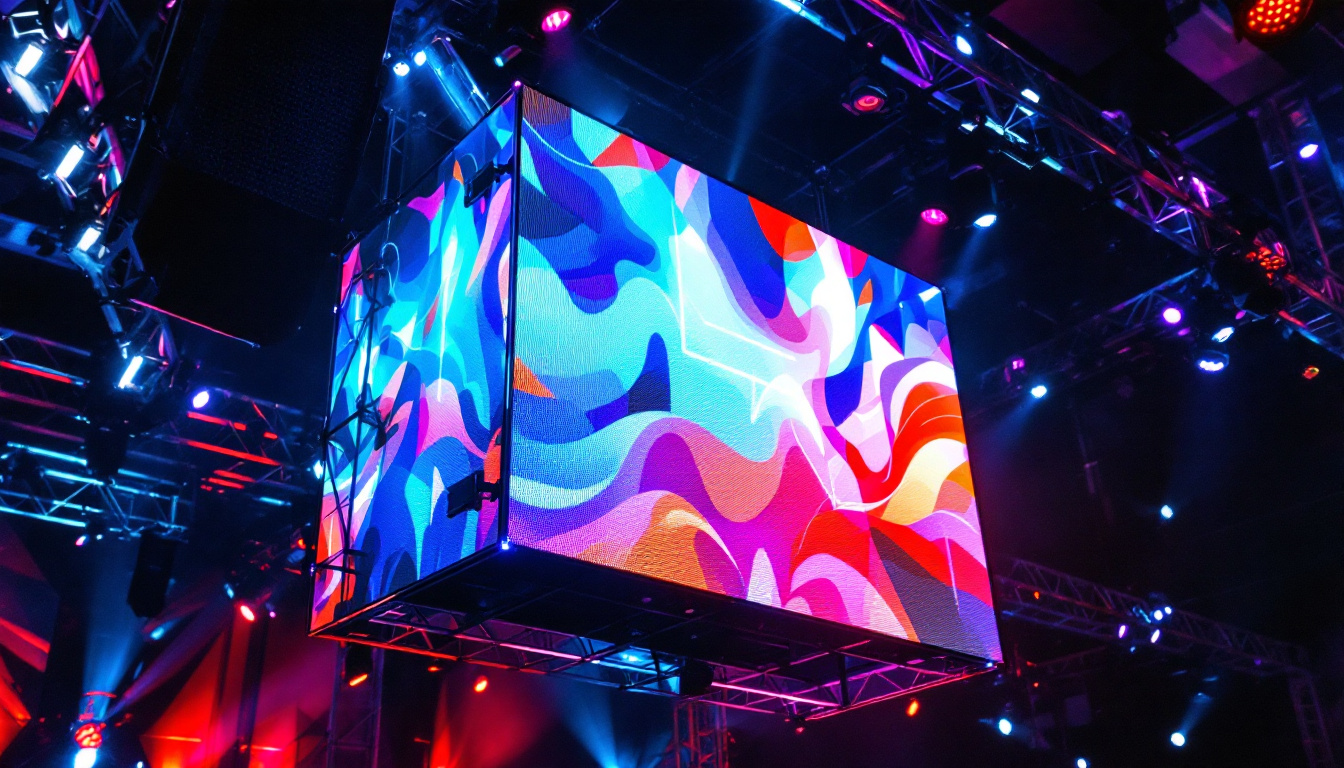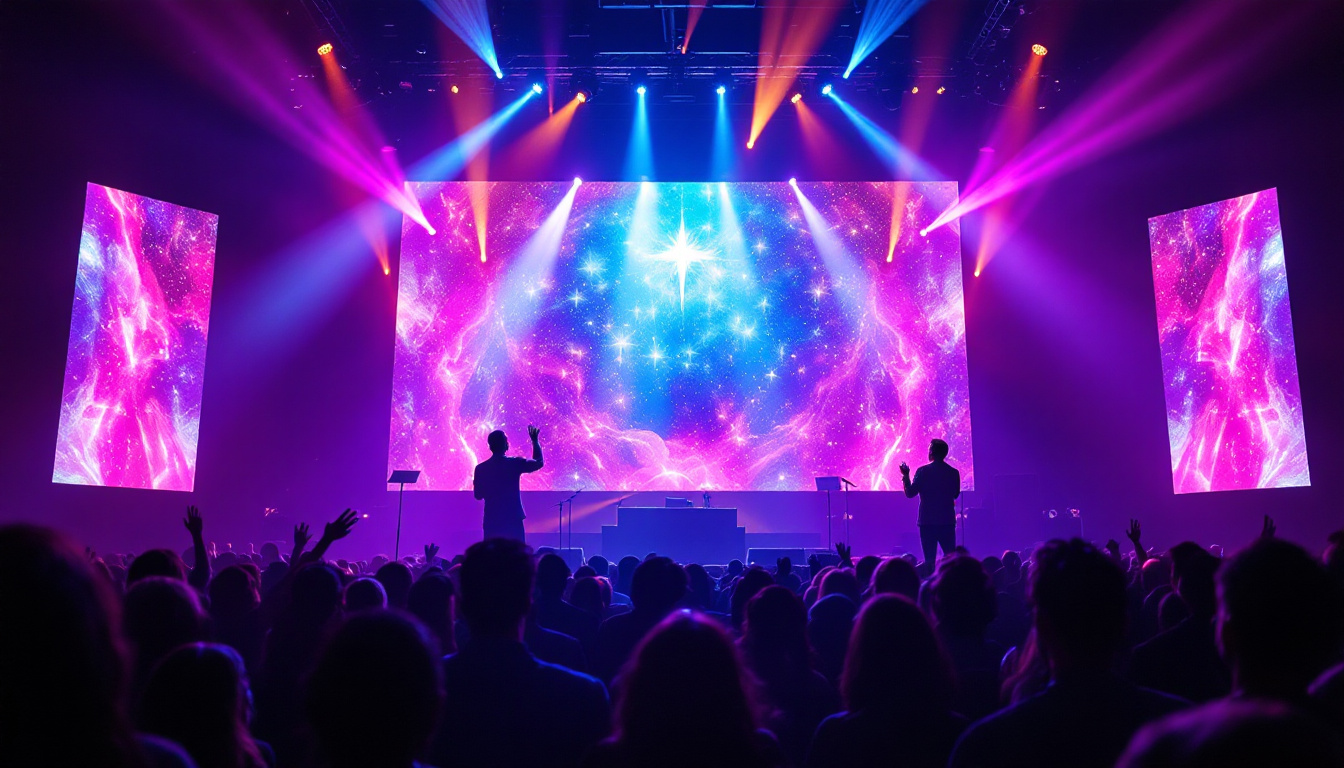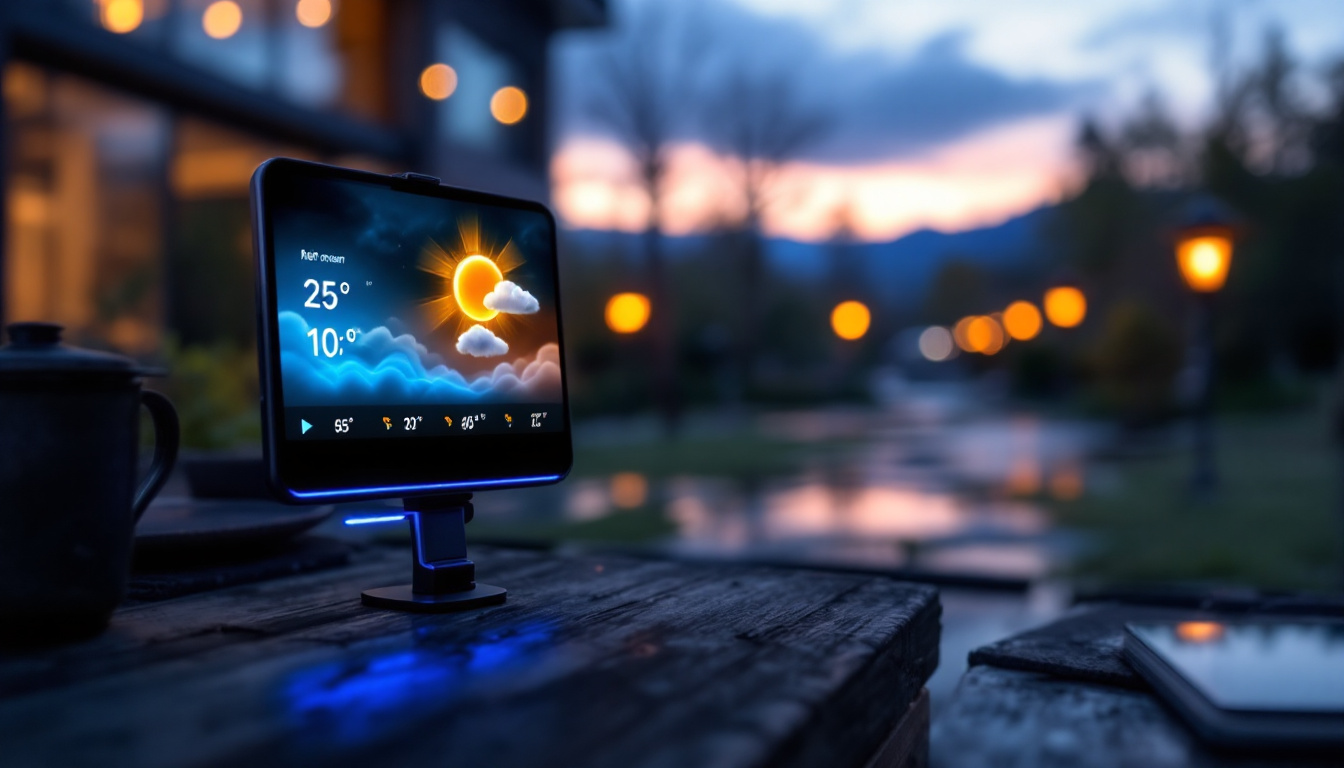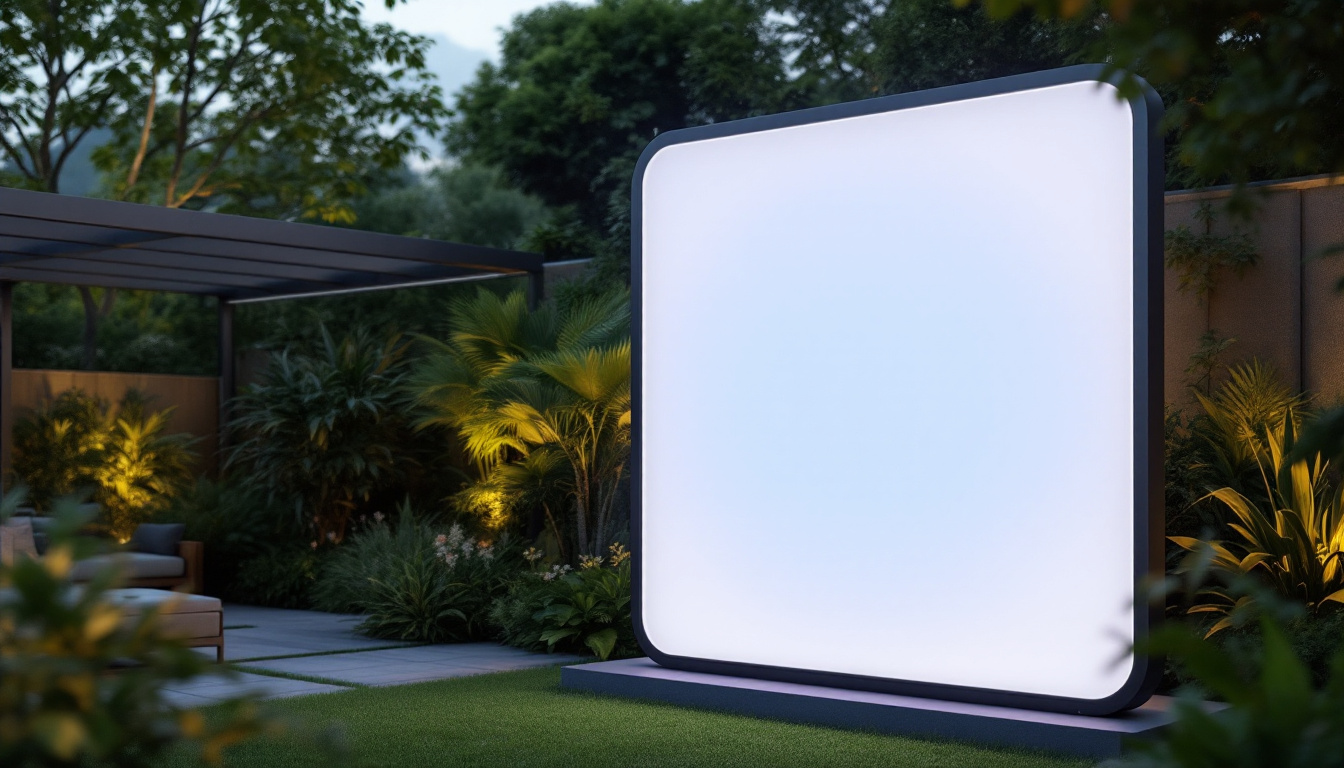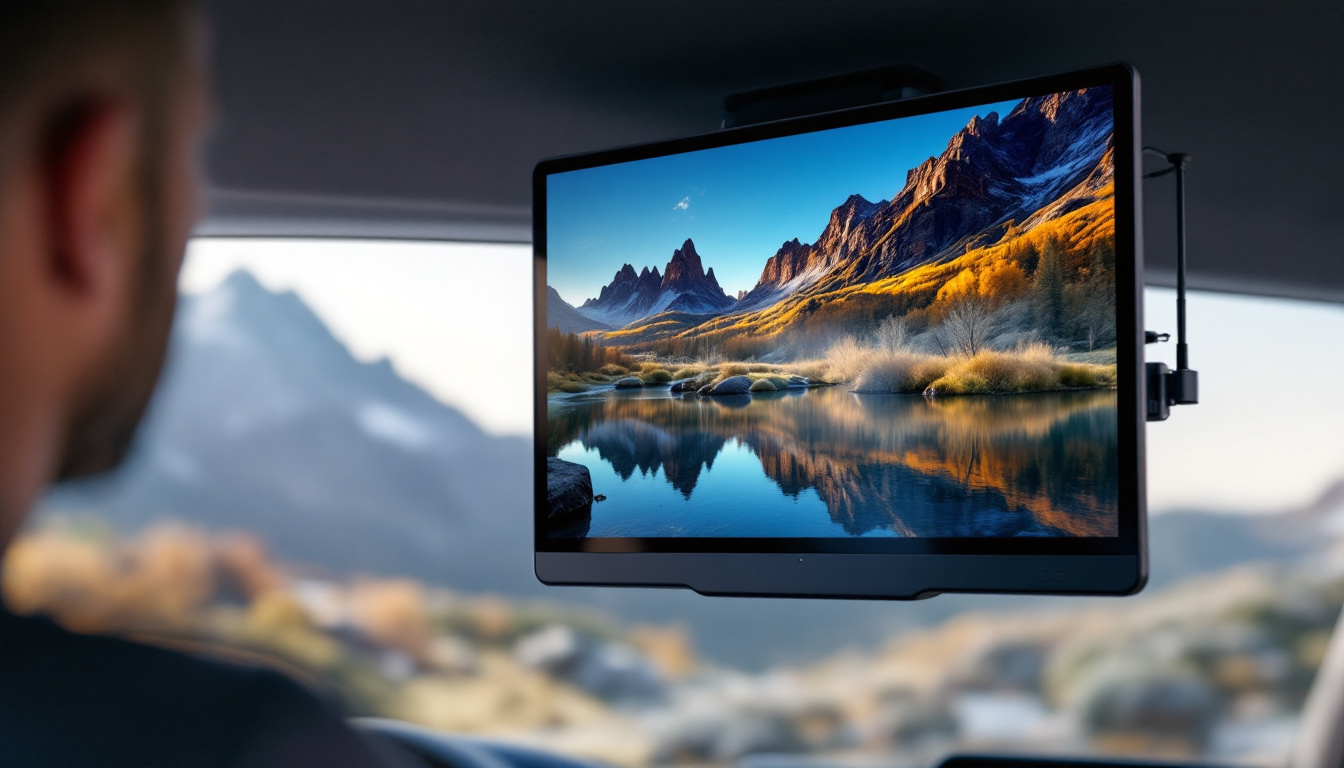In recent years, outdoor LED displays have become a prominent feature in urban landscapes, revolutionizing the way information is shared and advertisements are displayed. Their vibrant colors, high brightness, and versatility make them an ideal choice for various applications, from marketing to public announcements. This article delves into the intricacies of outdoor LED displays, exploring their technology, advantages, and applications.
Understanding LED Technology
LED, or Light Emitting Diode, technology is at the heart of these displays. Unlike traditional display technologies, LEDs are semiconductor devices that emit light when an electric current passes through them. This fundamental difference contributes to the unique advantages of LED displays, particularly in outdoor settings. The efficiency of LED technology not only translates to lower energy consumption but also results in a longer lifespan compared to conventional lighting solutions, making them a sustainable choice for both businesses and the environment.
How LED Displays Work
Outdoor LED displays consist of numerous tiny LED modules arranged in a grid. Each module contains red, green, and blue LEDs, which can be combined in various intensities to produce a full spectrum of colors. When these modules are powered, they create images and videos that are bright and vibrant, even in direct sunlight. This capability is especially beneficial for advertising, as it ensures that messages remain visible and eye-catching at all hours of the day.
The control system of an LED display is equally crucial. It processes the incoming data, which could be video content or static images, and sends the appropriate signals to each LED module, ensuring that the display shows the intended visuals accurately. Advanced control systems also allow for real-time updates, enabling advertisers to change their messages quickly and efficiently, adapting to different audiences and events as they occur.
Types of Outdoor LED Displays
There are several types of outdoor LED displays, each designed for specific applications. The most common types include:
- Fixed LED Displays: These are permanent installations typically used for advertising or information dissemination in high-traffic areas.
- Mobile LED Displays: These are mounted on trailers or vehicles, allowing for dynamic advertising that can be relocated as needed.
- Video Walls: Composed of multiple LED panels, these displays create large-scale visuals ideal for concerts, sports events, and public gatherings.
In addition to these types, there are also innovative solutions like transparent LED displays, which allow for creative applications in storefronts and exhibitions, providing visibility without obstructing the view. Furthermore, interactive LED displays are gaining popularity, enabling user engagement through touch or motion sensors, thus creating a more immersive experience for audiences. Each of these variations showcases the versatility and adaptability of LED technology in meeting the diverse needs of modern communication and advertising strategies.
Advantages of Outdoor LED Displays
The popularity of outdoor LED displays can be attributed to their numerous advantages. These benefits not only enhance user experience but also provide significant value to businesses and organizations.
Brightness and Visibility
One of the standout features of outdoor LED displays is their exceptional brightness. Unlike traditional LCD screens, which can appear washed out in bright sunlight, LED displays maintain their visibility in various lighting conditions. This makes them ideal for outdoor advertising, ensuring that messages are seen even during the day.
Additionally, the high contrast ratio of LED displays enhances clarity, making text and images sharp and easy to read from a distance. This is particularly beneficial for businesses looking to capture the attention of passersby.
Energy Efficiency
Energy efficiency is another significant advantage of LED technology. Outdoor LED displays consume considerably less power than traditional display technologies, such as incandescent or fluorescent lighting. This not only reduces operational costs but also minimizes the environmental impact, making LED displays a more sustainable choice.
Moreover, advancements in LED technology have led to even greater energy savings, with some displays offering intelligent brightness adjustment features that optimize power consumption based on ambient light conditions.
Durability and Longevity
Outdoor LED displays are built to withstand harsh weather conditions, including rain, snow, and extreme temperatures. Their rugged construction ensures that they can operate reliably in various environments without compromising performance.
Furthermore, LED technology boasts a long lifespan, often exceeding 100,000 hours. This longevity translates to lower maintenance costs and fewer replacements, making outdoor LED displays a wise investment for businesses.
Applications of Outdoor LED Displays
Outdoor LED displays are versatile tools that can be used in a myriad of applications. Their adaptability makes them suitable for various industries, enhancing communication and engagement.
Advertising and Marketing
One of the most common uses of outdoor LED displays is in advertising. Retailers, restaurants, and service providers utilize these displays to showcase promotions, new products, and special events. The dynamic nature of LED displays allows businesses to change their content frequently, ensuring that they remain relevant and engaging to their audience.
Moreover, the ability to display videos and animations adds an extra layer of appeal, capturing the attention of potential customers more effectively than static billboards.
Public Information and Announcements
Outdoor LED displays are also widely used for public information dissemination. Municipalities and organizations employ these displays to communicate essential information, such as traffic updates, weather alerts, and event announcements. The immediacy of LED technology allows for real-time updates, ensuring that the public is informed promptly.
In addition to standard announcements, LED displays can be used for emergency alerts, providing critical information during natural disasters or other urgent situations.
Entertainment and Events
In the entertainment sector, outdoor LED displays play a crucial role in enhancing the audience experience. Concerts, festivals, and sporting events often feature large LED screens that display live feeds, promotional content, and interactive elements. These displays create an immersive environment, engaging attendees and enhancing their overall experience.
Furthermore, outdoor LED displays can be integrated with sound systems and lighting to create a cohesive multimedia experience that captivates audiences.
Choosing the Right Outdoor LED Display
Selecting the appropriate outdoor LED display involves several considerations. Understanding the specific needs of a business or organization is crucial for making an informed decision.
Determining the Purpose
The first step in choosing an outdoor LED display is to determine its intended purpose. Whether it’s for advertising, public information, or entertainment, the display’s design and functionality should align with its primary use. For instance, displays intended for advertising may require higher resolution and brightness compared to those used for informational purposes.
Size and Location
The size of the display is another critical factor. Larger displays are more visible from a distance, making them ideal for high-traffic areas. However, the available space and viewing angles should also be taken into account to ensure optimal visibility.
Additionally, the location of the display can influence its effectiveness. Factors such as surrounding lighting conditions, potential obstructions, and audience demographics should be considered when determining the best placement for the display.
Resolution and Pixel Pitch
Resolution and pixel pitch are essential specifications that impact the quality of the visuals displayed. Higher resolution screens provide sharper images, while pixel pitch refers to the distance between individual pixels. A smaller pixel pitch results in higher resolution, making it suitable for close viewing distances.
For outdoor displays, a pixel pitch between 10mm to 20mm is typically recommended, depending on the viewing distance and application. Understanding these specifications can help ensure that the chosen display meets the desired visual quality.
Installation and Maintenance
Proper installation and maintenance of outdoor LED displays are crucial for ensuring their longevity and performance. Engaging professional services for installation is recommended to guarantee that the display is set up correctly and safely.
Installation Considerations
When installing an outdoor LED display, several factors must be considered. The structural integrity of the mounting surface is vital to support the weight of the display, while electrical connections should be secure and weatherproofed to prevent damage.
Additionally, the display should be positioned to maximize visibility and minimize glare from sunlight. Professional installers can assess these factors and provide guidance on the best installation practices.
Regular Maintenance
Regular maintenance is essential for keeping outdoor LED displays in optimal condition. This includes routine cleaning to remove dust and debris, as well as periodic inspections to check for any signs of wear or damage. Addressing issues promptly can prevent more significant problems down the line.
Furthermore, software updates may be necessary to ensure that the display operates smoothly and efficiently. Engaging with the manufacturer or a qualified technician can provide valuable support in maintaining the display’s performance.
The Future of Outdoor LED Displays
The future of outdoor LED displays looks promising, with ongoing advancements in technology and design. Innovations in energy efficiency, resolution, and interactivity are set to enhance the capabilities of these displays, making them even more appealing to businesses and organizations.
Emerging Technologies
As technology continues to evolve, outdoor LED displays are likely to incorporate new features such as augmented reality (AR) and artificial intelligence (AI). These technologies can create more engaging and interactive experiences for viewers, allowing for personalized content and real-time interactions.
Moreover, improvements in wireless connectivity and data analytics will enable businesses to tailor their advertising strategies based on audience behavior and preferences, further enhancing the effectiveness of outdoor LED displays.
Sustainability Initiatives
With growing awareness of environmental issues, the demand for sustainable solutions is increasing. Outdoor LED displays are already more energy-efficient than traditional options, but future developments may focus on using eco-friendly materials and reducing waste during production and installation.
These sustainability initiatives will not only benefit the environment but also resonate with consumers who prioritize eco-conscious brands, making outdoor LED displays an even more attractive option for businesses.
Conclusion
Outdoor LED displays have transformed the landscape of advertising, public information, and entertainment. Their vibrant visuals, energy efficiency, and durability make them an ideal choice for various applications. As technology continues to advance, the potential for outdoor LED displays will only grow, offering exciting opportunities for businesses and organizations. Understanding the intricacies of LED technology, selecting the right display, and ensuring proper installation and maintenance are essential steps in leveraging the full potential of outdoor LED displays. Embracing this dynamic technology can lead to enhanced engagement, improved communication, and ultimately, greater success.
Discover LumenMatrix LED Display Solutions
Ready to elevate your visual communication strategy with cutting-edge technology? LumenMatrix offers a comprehensive range of LED display solutions tailored to meet your needs. From vibrant outdoor LED walls to dynamic vehicle displays and transparent screens, our products are designed to captivate your audience and amplify your message. Experience the future of digital signage with LumenMatrix and transform the way you engage with your customers. Check out LumenMatrix LED Display Solutions today and take the first step towards an unforgettable visual experience.

